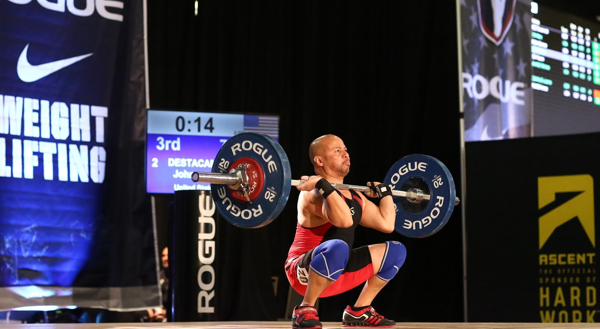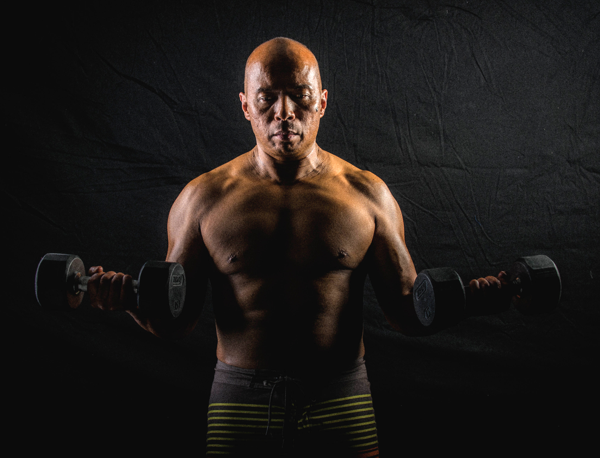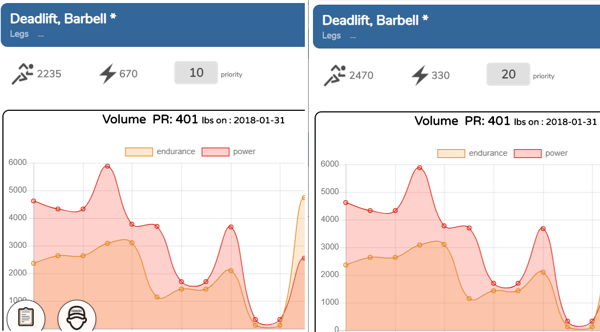References
Worthington, M, What the WOD? Decoding the Language of CrossFit., Men's Health,
https://www.mensjournal.com/health-fitness/what-wod-decoding-language-crossfit/
Frothingham, 2020, What Causes Muscle Imbalances and How to Fix Them, Healthline
https://www.healthline.com/health/muscle-imbalance
Peter Rader, David Twohy, 1995, Water World, IMDB
https://www.imdb.com/title/tt0114898/
Destacamento, J, 2019, How to measure volume in weight training, Medium,
https://medium.com/@johndestacamento/how-to-measure-volume-in-weight-training-43a0c5964254
Cronkleton E, 2020, Time Under Tension Workouts: Are They More Effective?
Medically reviewed by Gregory Minnis, DPT
https://www.healthline.com/health/exercise-fitness/time-under-tension
Waehner , P, 2019, How Motor Units Work With Your Muscles, VeryWellFit
https://www.verywellfit.com/motor-unit-part-of-muscles-1231223
Wikipedia, the free encyclopedia, Excess Post-Exercise Oxygen Consumption
https://en.wikipedia.org/wiki/Excess_post-exercise_oxygen_consumption
 Photo:John Destacamento, EfitX founder.
Photo:John Destacamento, EfitX founder.
 Photo:John Destacamento, EfitX founder.
Photo:John Destacamento, EfitX founder.
